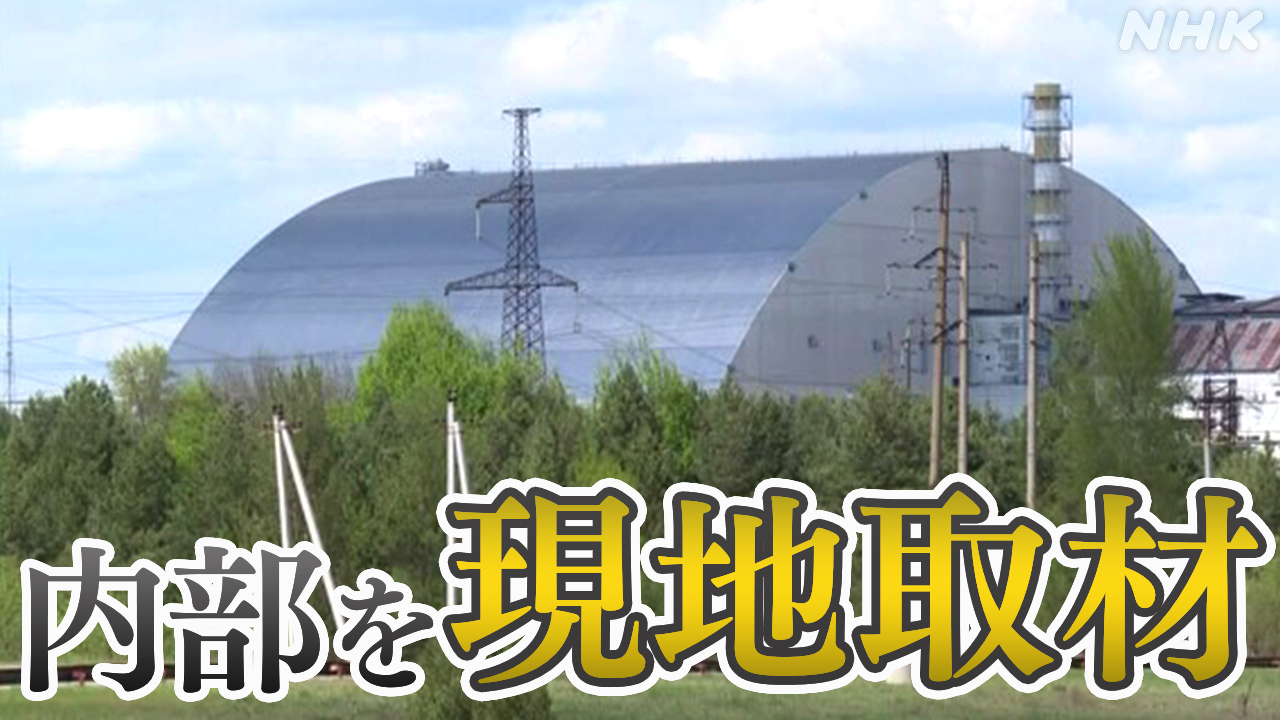Chernobyl's Damaged Shelter: A New Report Highlights Ongoing Challenges and Future Plans
The Chernobyl disaster, a catastrophic nuclear accident that occurred in 1986, continues to cast a long shadow. While the immediate aftermath saw incredible efforts to contain the fallout, the long-term management of the damaged reactor remains a significant challenge. A recent report sheds new light on the condition of the Chernobyl New Safe Confinement (NSC) – the massive arch built to encase the damaged reactor – and the ongoing efforts to secure the site for future generations.
The Chernobyl New Safe Confinement: A Monumental Engineering Feat
The NSC, completed in 2016, is a marvel of engineering. This colossal arch, larger than the Statue of Liberty, is designed to contain the highly radioactive debris from the exploded reactor for the next 100 years. Its construction represented a significant international collaboration, demonstrating the global commitment to mitigating the long-term consequences of the Chernobyl disaster.
Key Features of the NSC:
- Massive Scale: Its sheer size allows for complete enclosure of the damaged reactor, preventing further release of radioactive materials.
- Advanced Engineering: The structure incorporates cutting-edge technologies to withstand extreme weather conditions and potential seismic activity.
- Radiation Shielding: The NSC is designed with multiple layers of shielding to minimize radiation leakage.
- Remote Operations: Much of the work inside the confinement is performed remotely using robots and specialized equipment.
Challenges Remain: Beyond the Arch
While the NSC represents a significant victory in containing the immediate threat, the report highlights several ongoing challenges:
- Waste Management: The enormous amount of radioactive waste generated by the accident remains a major concern. Safe and efficient methods for its long-term storage and disposal are still being developed and implemented. This includes the careful dismantling of the old sarcophagus and the processing of highly contaminated materials.
- Environmental Monitoring: Continuous monitoring of the surrounding environment is crucial to assess the long-term impact of the disaster and ensure the safety of local populations and ecosystems. This involves regular sampling of soil, water, and air.
- Long-Term Funding: The ongoing maintenance and decommissioning of the Chernobyl site require substantial financial resources. Securing continued international support is vital for the project's long-term success.
- Exclusion Zone Management: The Chernobyl Exclusion Zone, while gradually seeing a return of wildlife, still poses significant environmental and logistical challenges. Research into the zone's ecosystem and the long-term effects of radiation on wildlife continues to be crucial.
The Future of Chernobyl: Decommissioning and Remediation
The report emphasizes the need for a phased approach to the complete decommissioning of the Chernobyl site. This complex and lengthy process will involve:
- Fuel Removal: The careful removal of spent nuclear fuel from the reactor remains a significant challenge due to its high radioactivity.
- Reactor Dismantling: The eventual dismantling of the reactor itself is a complex undertaking that will require advanced robotics and specialized equipment.
- Waste Disposal: The development of safe and permanent solutions for the disposal of radioactive waste is paramount.
- Site Rehabilitation: The long-term goal is to rehabilitate the site, allowing for safe access and potentially even some forms of controlled human activity in the future.
Conclusion: A Continuing Legacy
The Chernobyl disaster serves as a stark reminder of the potential dangers of nuclear technology. While the NSC provides a crucial layer of protection, the challenges of long-term management remain considerable. This report underscores the importance of continued international cooperation, technological innovation, and sustainable funding to ensure the safe and responsible decommissioning of the Chernobyl site. The legacy of Chernobyl necessitates ongoing vigilance and commitment to environmental safety and scientific progress. For further information on the latest developments, visit the official Chernobyl website and related research publications. (Link to official site - if available).
